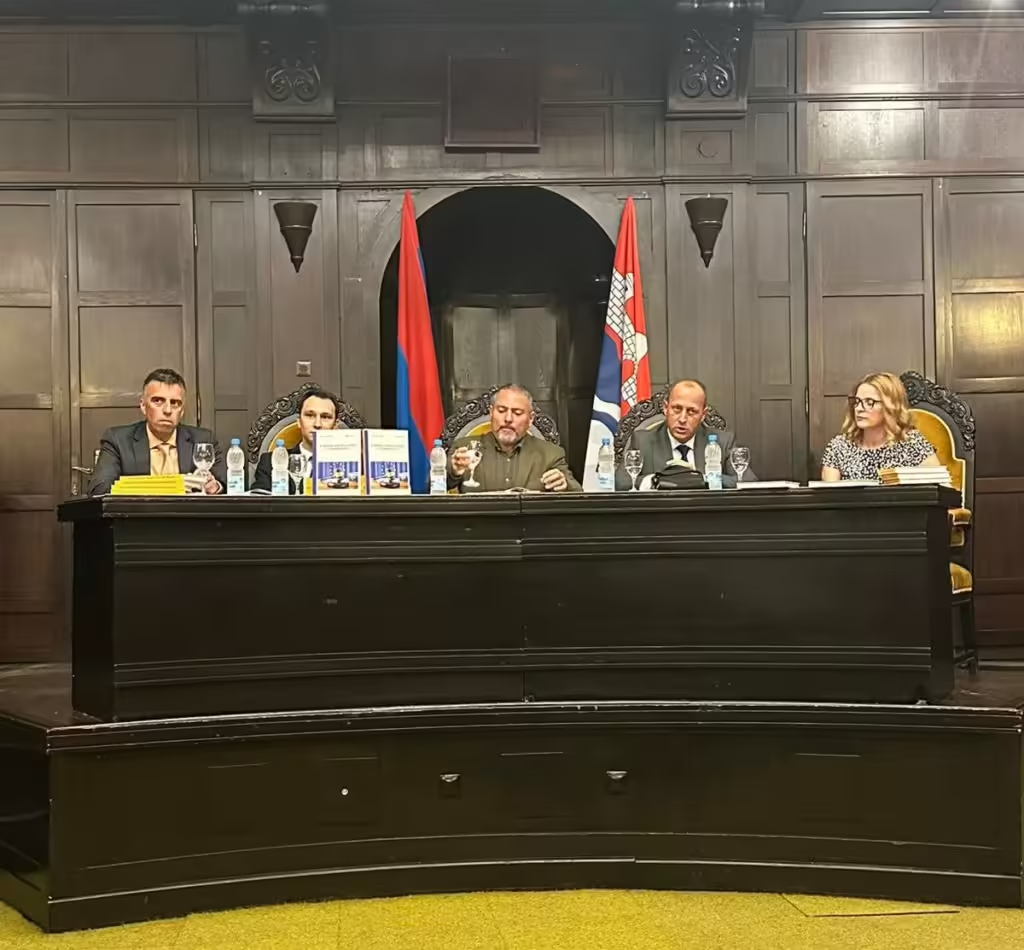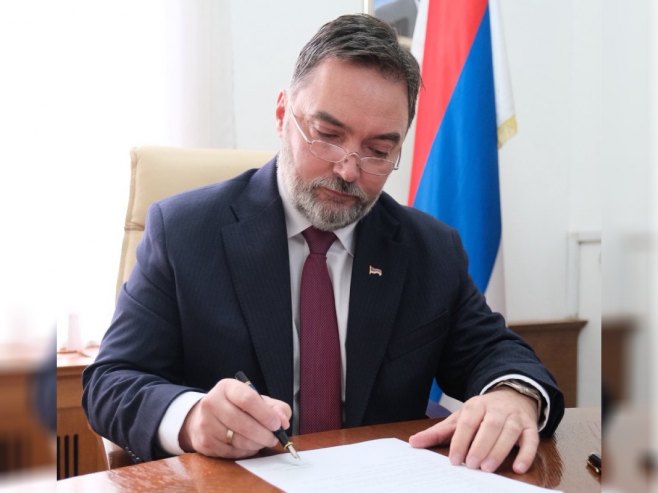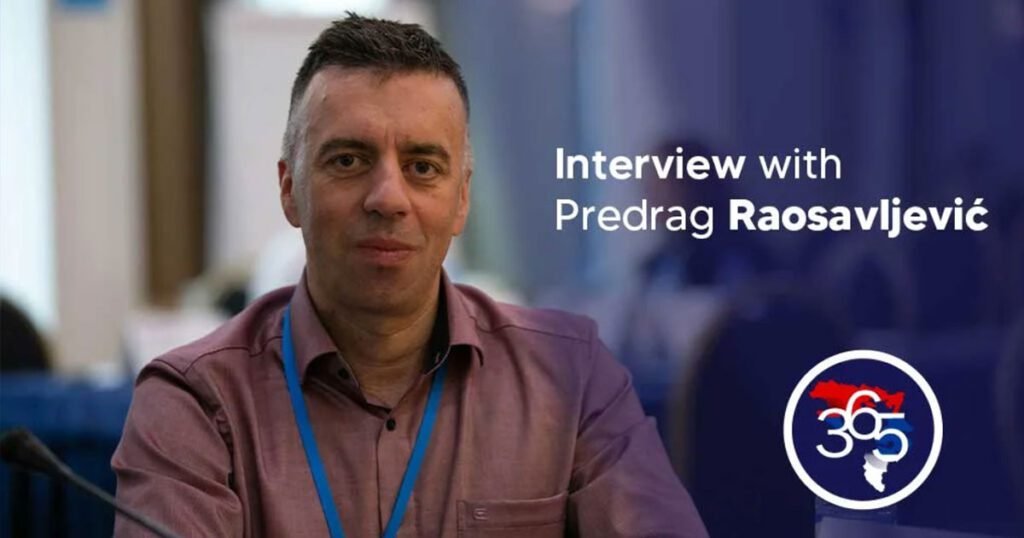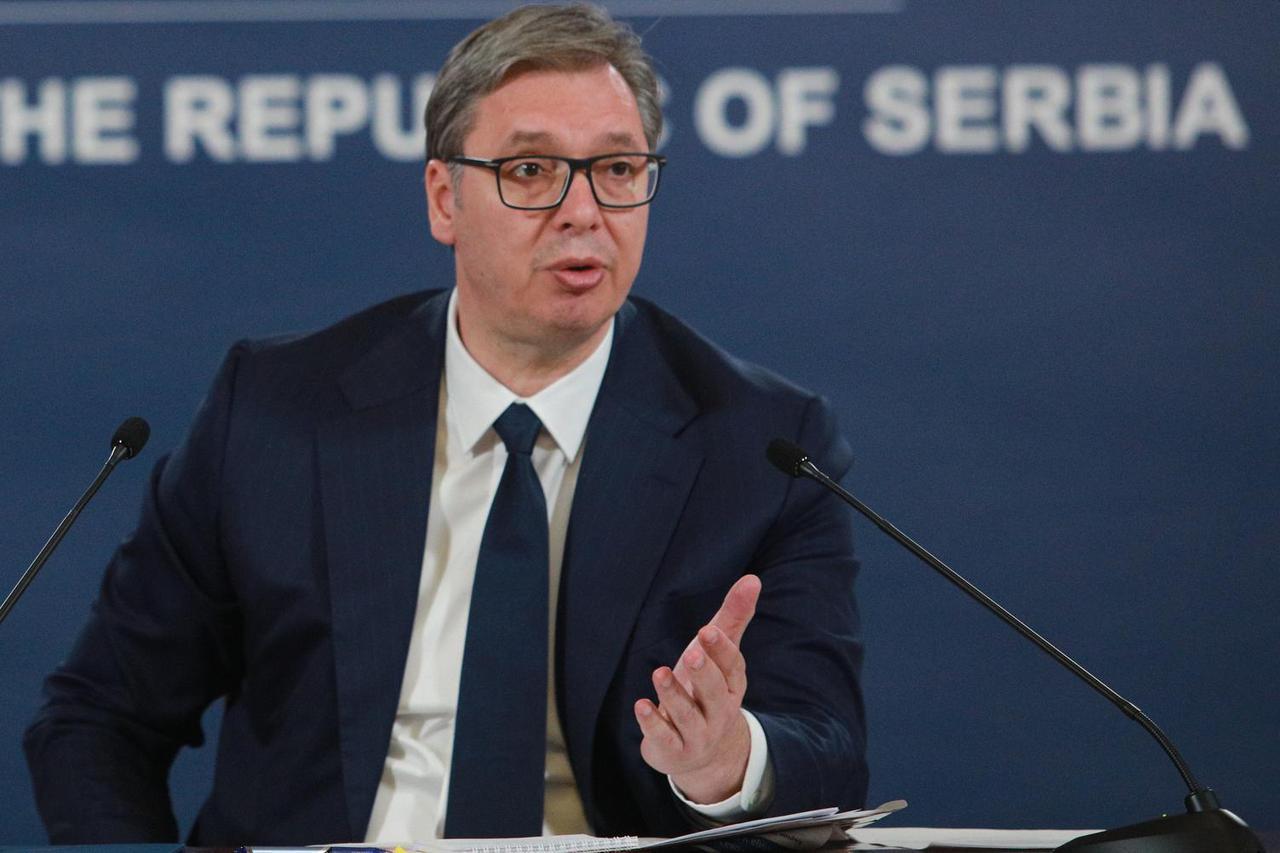What inspired you to begin researching and writing a book about the European human rights protection system?
I had a desire to translate my years of experience as an international official into a document that would leave a written record of everything I had learned and witnessed in the global arena. I also believe that the European system of human rights protection can serve as a model for any country in the world, as a civilizational achievement and a set of values that should be applied regardless of formal membership in organizations like the European Union. From an academic standpoint, I feel that European studies are not adequately represented in our faculties, so publishing such a textbook is an important step in that direction.
What were the biggest challenges you encountered while writing this book, given the complexity of the legal mechanisms and institutions in Europe?
The complexity of the legal mechanisms and jurisdictions of European institutions is indeed the biggest challenge when studying and understanding the protection of fundamental rights at the European level. For example, in the field of data protection, we have the EU regulation, conventions and mechanisms of the Council of Europe, the case law of the European Court of Justice in Luxembourg, and the European Court of Human Rights in Strasbourg. These are all standards set by different bodies, each independent in their decision-making, but dealing with the same issue. Moreover, this is a constantly evolving subject, so it is essential to analyze which standards are still applicable and in which areas, and to include more recent legal acts and case law examples.

How do you think this book will help lawyers and students better understand the European Convention on Human Rights and its application in practice?
Although the European Convention on Human Rights is written in straightforward language, it is a complex document because each right under its various articles is tied to a rich body of case law from the European Court of Human Rights. The authoritative interpretation of legal texts by the court reflects the influence of the Anglo-Saxon legal tradition on our continental European legal systems, where the court’s role is merely to apply the law. In a globalized world, our students and lawyers need to be familiar with such skills in legal interpretation and the use of case law in argumentation.
Where do you see the future development of human rights protection in Europe, and what challenges do you foresee in this process?
Modern challenges such as migration, increasing inequality, privacy concerns, and the impact of information technology on our daily lives are some of the issues we will face in the near future. We have seen that since the mid-20th century, European nations have managed to put aside (or overcome) animosities and reach consensus on these matters, promoting a just society, economic progress, and individual well-being. Today, we still have political or ideological differences regarding the solutions to these issues, which is why it is beneficial to have an authoritative and impartial position from the legal community, one that can assist decision-makers within national and European bodies.
Do you believe European institutions for the protection of human rights are effective enough in addressing current social and legal challenges?
European institutions are subject to weaknesses, just like any other institution, from political support for their work to the level of implementation and effectiveness of their decisions. The European Court of Human Rights is considered the most effective human rights protection mechanism in the world, with over 70% of its decisions implemented. This is particularly important given that, like any human rights protection system, there is no enforcement or sanction mechanism for non-compliance with rulings. Therefore, a key factor is a developed awareness of the need to respect the Convention as a document that protects fundamental humanist values and the inherent dignity of every individual.
Can you tell us more about the practical implications of the decisions of the European Court of Human Rights on the legislation of European countries?
Every country that is a member of the Council of Europe has accepted the jurisdiction of the European Court of Human Rights to rule on individual complaints brought against it. Through its interpretation of the Convention, the court has a decisive influence on shaping the legal systems of member states and the everyday lives of citizens. This can range from police powers, the length of judicial proceedings, the boundary between free speech and hate speech, to organizing protests on private property such as shopping malls. Our country has been a member of the Council of Europe since 2002, has signed the Statute of the Organization, and is obligated to enforce the court’s decisions. Sometimes this may require constitutional amendments, such as removing provisions on the death penalty, adopting new laws, such as the Law on Fair Trial, or paying compensation to victims of rights violations.

What specific dilemmas or uncertainties in practice did you aim to clarify through this book?
Our main goal was to consolidate all human rights protection mechanisms in one place, particularly the European Convention on Human Rights, the monitoring mechanisms of the Council of Europe such as ECRI, GREVIO, or the Venice Commission, and EU institutions like the Fundamental Rights Agency (FRA) or the European Ombudsman, which are less known. This book is unique because it also addresses the European Social Charter, a key document of second-generation rights, crucial for economic and social rights, such as the right to work, pensions, social and healthcare, and minimum living standards in member states. Our goal was to create a valuable yet simple foundation for better understanding of different institutes and legal regimes to contribute to democratizing the relationship between public authorities and citizens, which is of immense social significance.
What message would you like to send to younger generations of lawyers beginning their work in human rights?
I would encourage them not to lose the ideals that led them to study law, and that even in the most challenging times, it is possible to remain true to their personal convictions and sense of justice. They should bear in mind that human rights involve the intersection of law, politics, and morality, and it is not simply about interpreting and applying regulations. Achieving change often requires shifts in awareness or consensus among different groups. The fight for human rights is also dependent on economic conditions in society, legal and democratic traditions, and historical circumstances. Still, we have the right to expect a more prosperous future, given our geographic and cultural belonging to the European family of nations.
Have you received any feedback from colleagues or the legal community regarding the book, and what has been the response so far?
One of the most noteworthy comments comes from Jovan Ananiev, Director of the European Center for Civil Initiatives and a professor at the Faculty of Law in North Macedonia, who stated that this book “will contribute to the study of human rights by students in the region who understand Serbian/Croatian/Bosnian, including students in North Macedonia.” This is the best proof that such a work transcends national and even linguistic boundaries, testifying to its value and universality. The book has been listed as required reading in two law faculties in Banja Luka, and we hope it will reach students of other faculties as well. The book is available at the Ramajana bookstore in Banja Luka, which also offers online ordering.
What were the most important sources and literature during your research, and how did you manage to synthesize all this information into a comprehensive work?
The most important sources include the HUDOC database for researching the case law of the European Court of Human Rights; internal databases I use based on my service in the Council of Europe’s supervisory mechanisms, as well as teaching materials gathered over the past 15 years of university work, including study stays in Spain and the United States.
Among the authors whose works served as a model, I would highlight Canadian author William Schabas, who published a commentary on the European Convention on Human Rights, Professor Louis Henkin from Columbia University in New York, and Professor Milenko Kreća from Belgrade for his synthesis and structuring of work.









